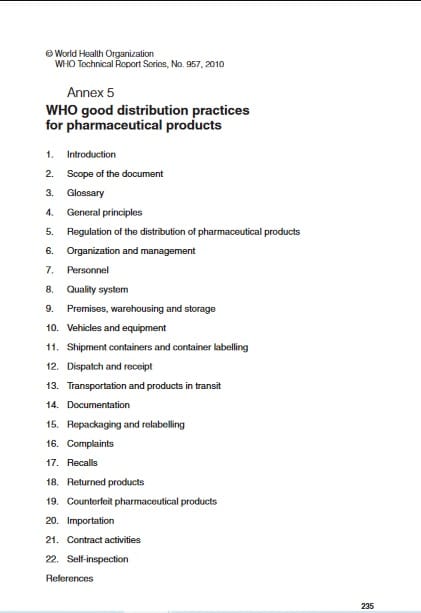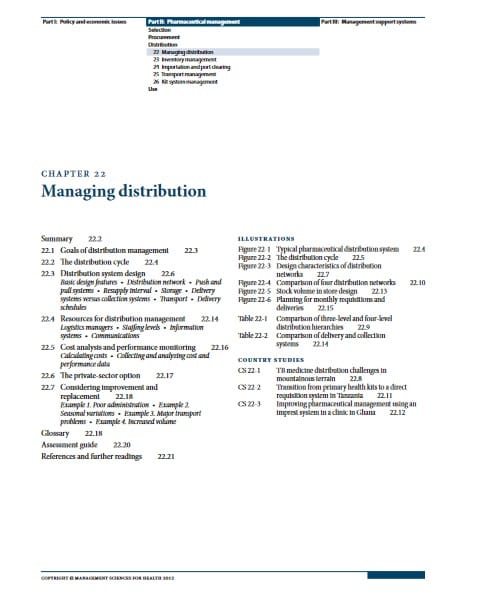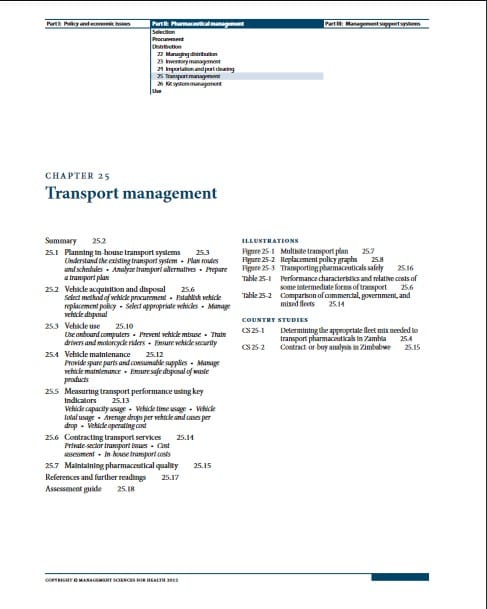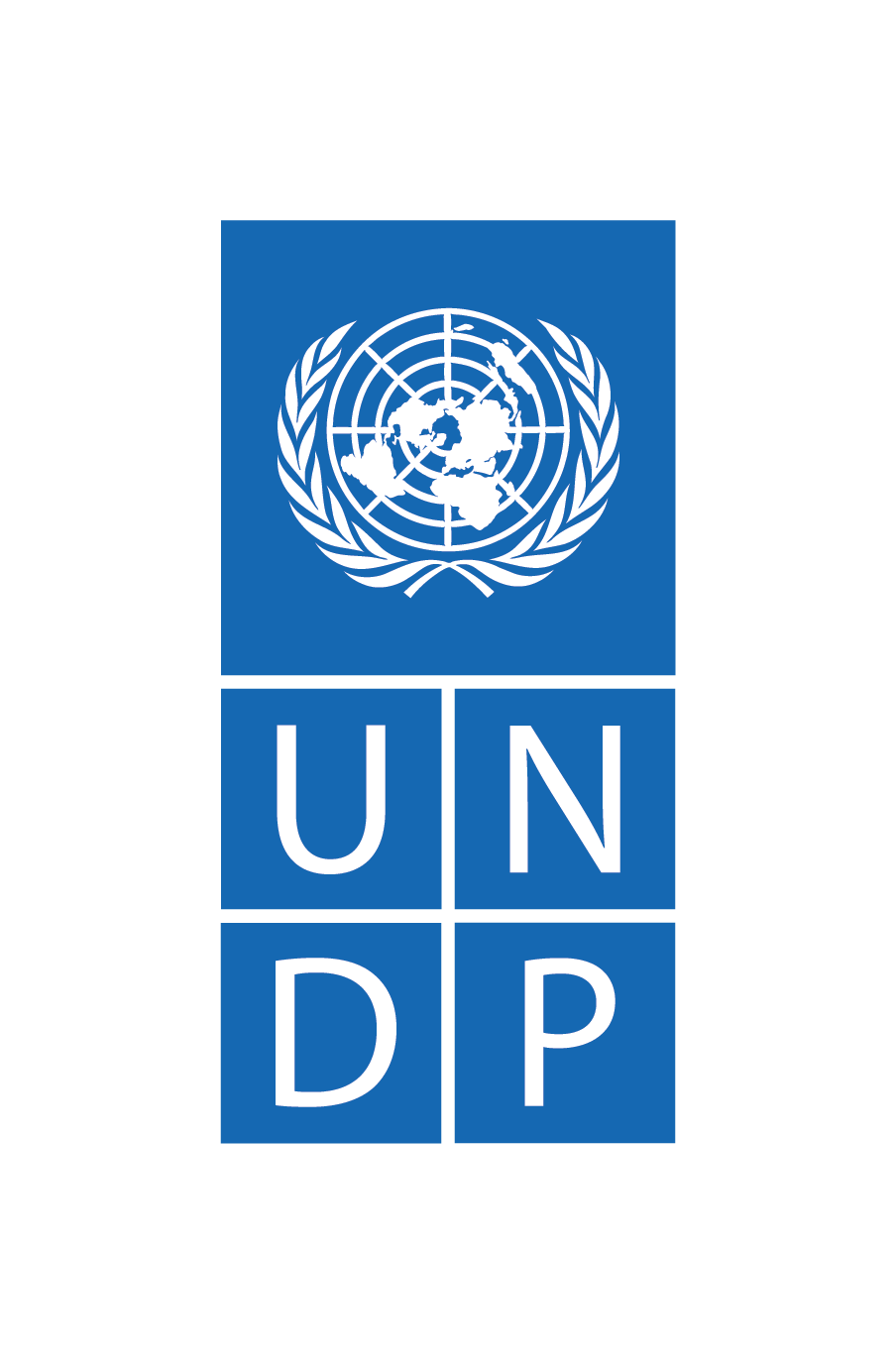Distribution
Purpose
In-country distribution systems are designed to move health products down the pipeline from central warehouses the final service delivery point (last mile) or until they reach end-users. They are key to maintaining an uninterrupted supply of health products.
A in-country health product distribution system should achieve the following objectives:
- maintain an uninterrupted supply of health products to the end users;
- keep medicines and other health products in good conditions throughout the distribution chain;
- ensure secured transport conditions to prevent diversion, losses of health products due to spoilage and expiry;
- contribute to stock visibility across the supply chain and facilitate tracking and traceability of products with accurate inventory records;
- optimize storage points according to public health objectives;
- use available transportation resources as efficiently as possible, including considering opportunities for public private partnerships with third party logistics;
- provide regular operational information for forecasting health products needs.
UNDP’s approach
UNDP offers expertise to countries to conduct assessments of existing national supply chains’ maturity and to identify interventions for capacity-strengthening related to distribution chains. Within its broader support for the formulation of supply chain strategies, UNDP helps to design and operationalize distribution systems. This support is also complemented by infrastructure and pilot projects to improve logistic management information systems, which are essential to plan, monitor and review distribution cycles at different levels of the supply chain.
As part of the development of supply chain strategies, UNDP helps to address distribution needs, support national counterparts to design the optimal distribution system according to the country context and convene players to agree on comprehensive work plans. This helps to strengthen national distribution supply systems that are either managed by the central medical store or outsourced. UNDP also supports the selection of key performance indicators to track the optimization and performance of distribution and transport systems.
UNDP has also promoted the use of digital data loggers and other innovative tools in the distribution chain of several countries to ensure the effective monitoring of temperatures and product tracking during transport.
Reaching hard-to-reach areas with essential health products in Sudan amidst COVID-19
Navigating sanctions, using its procurement experience and strengthening Ministry of Health capacity, UNDP has a history of supporting health ministries with grants from the Global Fund to Fight AIDS, Tuberculosis and Malaria in complex environments. While procuring and delivering essential medicines, UNDP aims to transfer full responsibility to national agencies.
Working with Sudan’s Federal Ministry of Health and NSMF, a solution was developed: providing a five-month supply of medication and laboratory supplies to in-need areas of Sudan and deploying an inter-state fleet of permitted World Food Programme trucks for distribution.
Key resources

Model Quality Assurance System for Procurement Agencies (MQAS) 2014
World Health Organization

Good Distribution Practices for Pharmaceutical Products, TRS 2010
World Health Organization

Pharmaceutical Supply Strategies MDS-3
Management Science for Health (2012). Managing Access to Medicines.

Managing Distribution MDS-3
Management Science for Health (2012). Managing Access to Medicines.

Transport Management MDS-3
Managing Access to medicines, Management Science for Health, 2012

Warehousing and Distribution
John Snow, Inc. (2017). The Supply Chain Manager’s Handbook.

System Design & Strategy
John Snow, Inc. (2017). The Supply Chain Manager’s Handbook.
